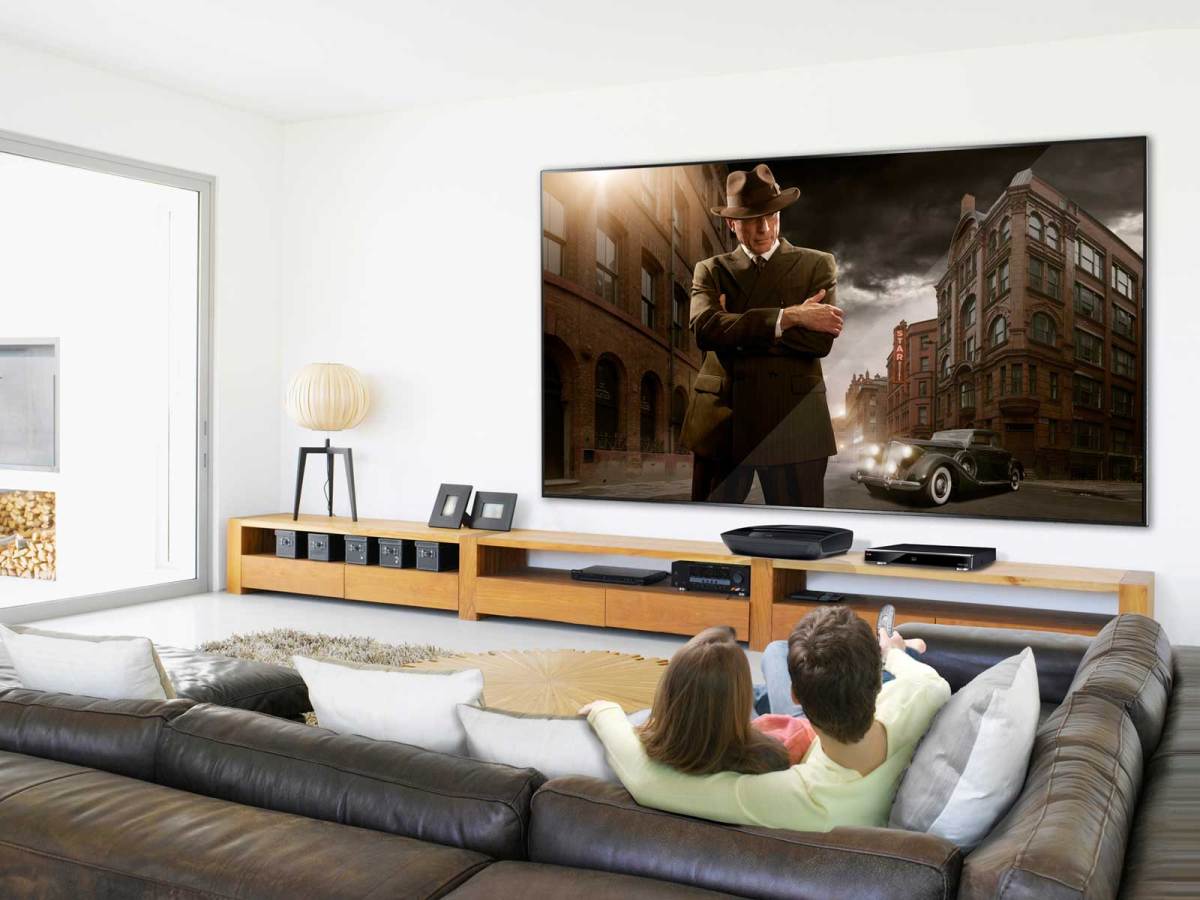US-based trade body the Consumer Electronics Association (CEA) has created a guide for retailers to help explain 4K UHD technology to consumers as part of a push to kickstart spending in the category.
The full guide is published here, and is a valuable resource for retailers to improve the sell through on higher margin TVs that have 4K Ultra HD technology. The CEA also recently introduced logos for 4K Ultra HD TV packaging and merchandising material.
The guide begins with a statement from president and CEO of the CEA Gary Shapiro that “Ultra-High Definition television is our future.”
Shapiro believes UHD will jump start TV sales and is “the greatest improvement in TV since the introduction of HDTV 15 years ago.”
“There’s no doubt that recent years have been tough for the television business following the mass consumer migration to High-Definition TV (HDTV) and flat display technology. But as we approach the critical fourth quarter selling season, UHD provides reason for optimism.
“UHD creates an opportunity for retailers to generate excitement and provides a reason for consumers to come into stores. In fact, CEA consumer research shows that 80 per cent of US adults want to see an Ultra HD TV in a store before buying, 67 per cent want a demo, and 62 per cent want to talk to a sales person,” Shapiro said.
Despite the potential, as with any new technology UHD is facing skepticism from consumers. CEA research states that price (75 per cent) and availability of 4K content (43 per cent) are the top concerns regarding the future of UHD purchases.
TV suppliers certainly have a battle on their hands to demonstrate the difference in performance of 4K technology. For example a television ad for a new 4K TV loses some of its impact when watched at home on a HD TV.
Retailers will play a big role in consumer perception of this technology and, as such, the CEA guide includes the following sales tips:
Play native 4K ‘Wow’ demos in store: “To drive home the amazing picture performance of the giant-screen Ultra HD TVs, make sure you are using native 4K content… This content can be accessed from manufacturers.”
Upscaling is important. “Show off 4K upscaling technology to help address any lingering consumer concerns of limited content availability… explain that this technology will bridge the gap between having limited access to 4K content in the short term and having widespread access to 4K content down the road.”
Viewing distance is key. “Bring customers as close to the TV as they feel comfortable and demonstrate that even as they get within inches of the TV the images remains crisp and clear… the optimal viewing distance for Full HD is three times the height of the picture. For Ultra HD, it’s 1 – ½ times picture height. That doesn’t mean they will move the couch closer. It means they’ll want a bigger TV.”
The CEA Guide includes a section on frequently asked questions which floor staff may face, including “what is the difference between ‘4K’ and ‘Ultra HD?”:
“They are really two sides of the same coin. They are both terms used to describe the next generation of TVs and content with four times the resolution of HD,” the guide states.
There are reassurances that more native 4K content is coming, as well as a glossary of terms. While 4K is still trying to establish itself in the market, it is worth pointing out that 8K is looming in the future.
The CEA explains both terms in its UHD guide: “4K and 8K are both Ultra High Definition formats with more pixels than Full HD. 4K is four times the resolution of Full HD and 8K is 16 times Full HD. 4K is the current standard for Ultra HD, and 8K is a possible future format for very large screens.”

